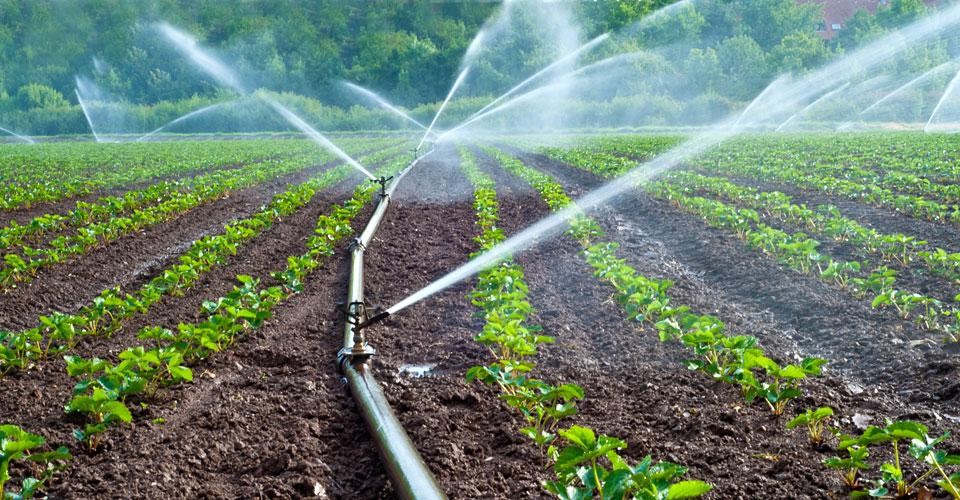
Irrigation can be simply defined as the practice of applying water to the soil in addition to what is available from rainfall to either enable or enhance plant growth or improve the quality of harvested plant parts. This can be done by pumping groundwater to the surface or divert surface water from one location to another.
Irrigation is one of the most important environmental modification that humans have learned to perform and it has always had a huge historical and social impact. Some anthropologists and historians consider irrigation as the catalyst that lead to major engineering, political, and organizational activities that eventually lead to what is not referred to as “civilization”. Even the ancient Persian word for civilization “abadan” is derived from the word “ab” which means water.
The earliest archaeological evidence of irrigation used for farming dates back around 6000 years B.C. in the middle in the Jordan Valley and it is believed that it was practiced in Egypt around the same time. Over the next millennia it spread to Persia, along the Mediterranean, and it was developed more or less independently throughout Asia in China, India, and so on. Irrigation was also widely used by the Inca, Maya, and Aztec in the New World.
The mid 19th century marked the modernization of irrigation and its merging with areas such as physics, chemistry, mineralogy, biology, and the rise of essential sub-disciplines such as soil physics, soli chemistry, plant physiology, agronomy, and so on. In the first half of the 20th century the US, Soviet Union, Australia, and Africa, initiated huge government-sponsored programs to build dams, flood control, and irrigation in order to encourage stabilization and settlement of sparsely populated areas.
Today in Australia, the traveling irrigator is one of the more popular choices due to its versatility, efficiency, and cost. The main benefits of traveling irrigators is that they are extremely versatile and mobile. You can easilly shift them around your property and irrigate various run lengths at different speeds. If necessary, you can also use low application rates. With water being a scarce resource in Australia, it is very important to use a high-quality travelling irrigator hose in order to transport water with minimum loss.
A good travelling irrigator hose is a perfect blend of superior materials and top-notch construction techniques. They are usually made of high quality polyurethane to ensure a high resistance to abrasion and chemicals. For increased strength and durability it is reinforced with a strong circular woven textile. These hoses are actually flat when they are not in use and can be easily stored on an irrigator or in a shed. They come in various shapes and sizes and top-tier hoses come with a 10 or more years warranty.

